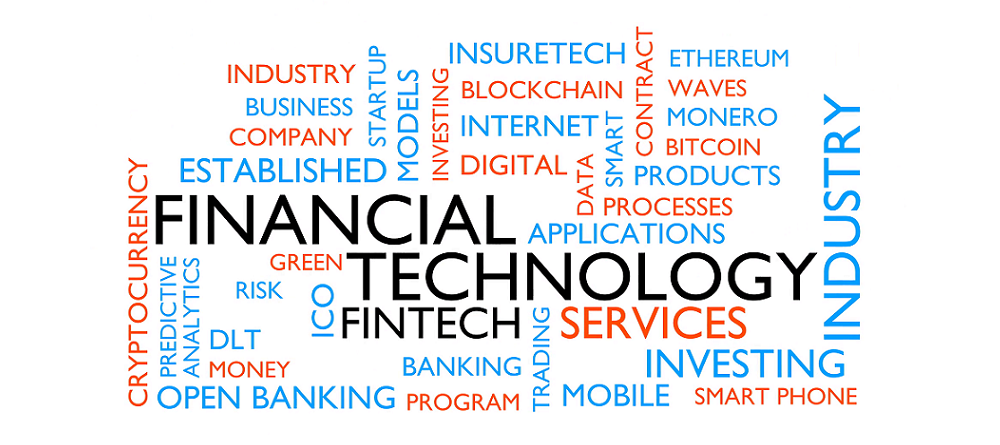The Economist Intelligence Unit (EIU), on behalf of Temenos, surveyed 405 global banking executives on the changes they see taking place in their industry to 2020 and 2025, their organizational response, and the longer-term impact on their strategic development. This focuses on how these retail banks are incorporating and advancing technology delivery for their current and future customers.
Key highlights include:
# Open banking is seen as a true opportunity; four in ten banks see their business models evolving towards becoming a digital ecosystem;
# Three in five respondents expect banks to deploy more computing power in the public cloud by 2025 than they currently deploy in all the private cloud data centers;
# New technologies like AI, machine learning, and blockchain have replaced changing customer behavior and demands as the key driver of strategic thinking at banks around the world in the short (36%) and longer-term (42%);
# Top strategic priorities for 2020 are migrating existing clients to digital channels (39%), humanizing the customer experience (38%) and cutting costs (35%);
# Nearly seven in ten expect peer-to-peer lending to be available on banking platforms by 2025.
According to World Bank figures, two in every five Latin American workers have no bank or savings account. Historical hyperinflation, economic volatility and poor credit infrastructure means banks often overprice risk, leading to high charges and interest rates. Cost is the reason 60% of the unbanked say they do not have accounts.
The EIU report highlights that politicians and regulators are taking action to make the banking system more competitive, and tackle the high cost of charges inhibiting consumers from pursuing banking services. New regulations such as Mexico’s Ley Fintech aim to open up the market by providing oversight for fintechs.
As competition and regulatory initiatives erode margins, banks are focusing on stripping out costs. Other immediate priorities include investing in digital technologies to deliver outstanding experiences and lower costs.
According to the report, 39% of respondents cite migrating client usage to digital from physical channels as their top strategic priority for 2020 followed by humanizing the customer experience (38%) and mastering digital marketing and engagement (32%).
Initiatives to open up the market seem to be working though. According to the report, competition is driving banks to act – with e-commerce growing fast, partnerships between the tech giants and fintechs rank second (cited by 31% for 2020) to payment players (44% for 2020) as the biggest, immediate non-traditional competitive threat to their business. Furthermore, nearly seven in ten (68%) respondents also expect peer-to-peer lending to be available on banking platforms by 2025.
To be able to deliver personalized, rich banking services at scale, with a low cost-income ratio, taking advantage of cloud-based technology will be vital for the region. Latin American bankers focus their digital investment on cybersecurity (47% compared with 39% globally) and cloud technologies (29%) which the report highlights may help Latin Americans to move from physical channels and cash to digital accounts, payment apps and intelligent data services.
